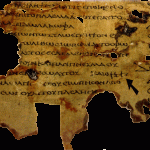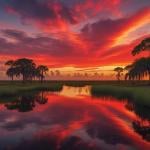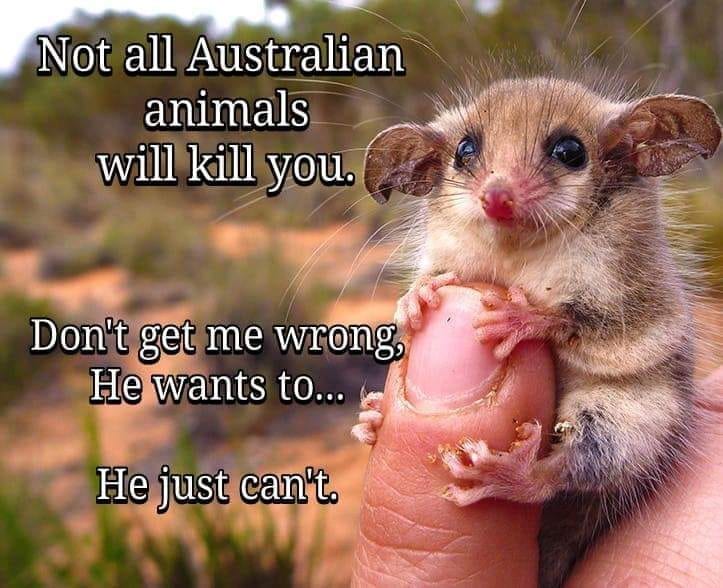
Late last November, accompanied by my wife, I was over — or, rather, down under — in Australia to deliver a lecture in Sydney. It’s a very long trip from Orem to Salt Lake City to Los Angeles to Sydney (and back), though, and we didn’t really relish the thought of flying all the way there and then turning almost immediately around to fly back. Fortunately, owing to the American Thanksgiving holiday and to a quirk in my academic teaching schedule that term, I could spend almost two weeks in Australia while missing the same bare minimum of classes that I would unavoidably have missed for the lecture itself. So that’s what we did.
We decided to go up into the northeastern section of Australia, a part of the country that we had never before visited — mostly to the area in coastal Queensland around Port Douglas, but also down near Cairns.
Driving our rental car right along the coast of the Coral Sea from the airport in Cairns to Port Douglas, we were both dazzled and puzzled by the pristine, gorgeous, and surprisingly deserted beaches that we were passing.
But then we learned more.
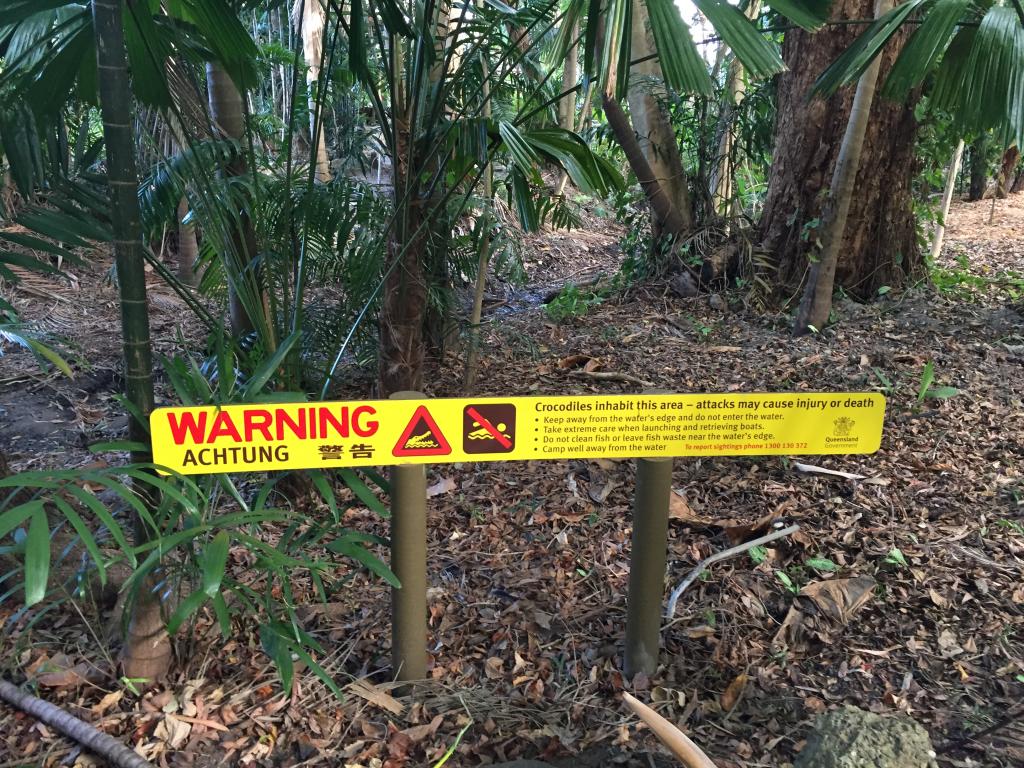
Australia has 755 different species of reptiles, more than any other country, including some of the most venomous snakes in existence. (I can already hear some of you squealing with delight at the very thought of it!) Moroever, as you can easily imagine, the Great Barrier Reef, the largest coral reef on Earth, which runs right along coastal Queensland, is remarkably rich in its variety of life — which includes great white sharks, highly aggressive saltwater crocodiles (very quick, when they want to be, both in the sea and on land, and growing up to 20-23 feet in length), and an abundance of highly poisonous jellyfish. So many that there are more warning signs out and about than there are people in the water.
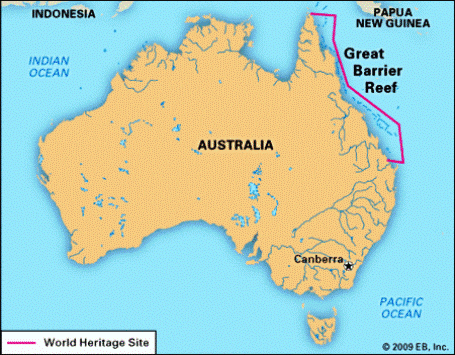
“Surely,” my wife said to taxi driver in Cairns, “there aren’t many crocodile attacks on people.” “No, no,” he soothingly replied. “I don’t think that there’s been a fatal attack on a human since last June.” He then proceeded to tell us about a woman pulled from her bicycle (and at least partially eaten) by a crocodile while she was riding on the beach. “They’re patient,” he said of the cuddly little creatures. “They watch for patterns of behavior repeated over days, and then they lie in wait.” Next, he threw in a story about a ten-year-old boy who was seized from a river bank where he had been fishing next to his father. His dad’s last sight of the boy was seeing him pulled under the river’s surface by a very large crocodile.
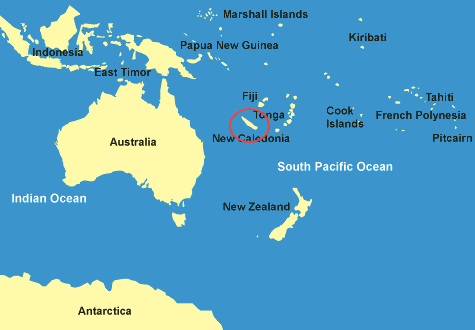
And now there’s this, just across the Coral Sea from Queensland:
“Snorkeling grandmothers reveal large deadly sea snake population in popular bay”
Quite the neighborhood.
Posted from Orlando, Florida (where alligators rarely grow beyond 14 feet)













